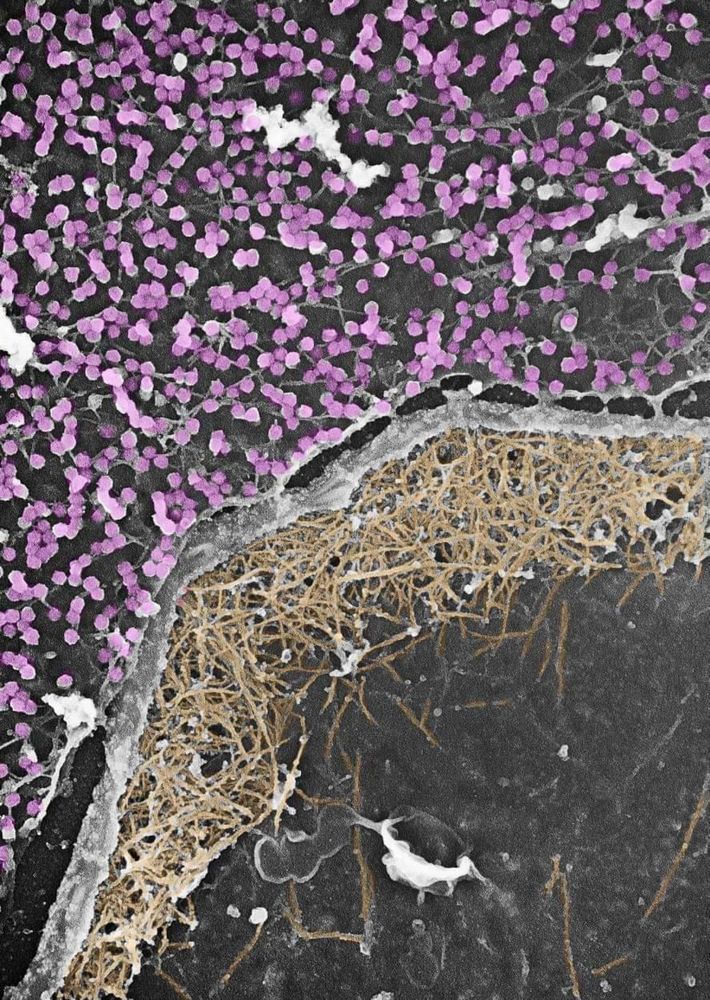

Grateful to share my postdoctoral work introducing “tomographic & kinetically-enhanced DNA-PAINT” or in brief: tkPAINT. Out in @pnas.org!
doi.org/10.1073/pnas...
👇🧵

Grateful to share my postdoctoral work introducing “tomographic & kinetically-enhanced DNA-PAINT” or in brief: tkPAINT. Out in @pnas.org!
doi.org/10.1073/pnas...
👇🧵
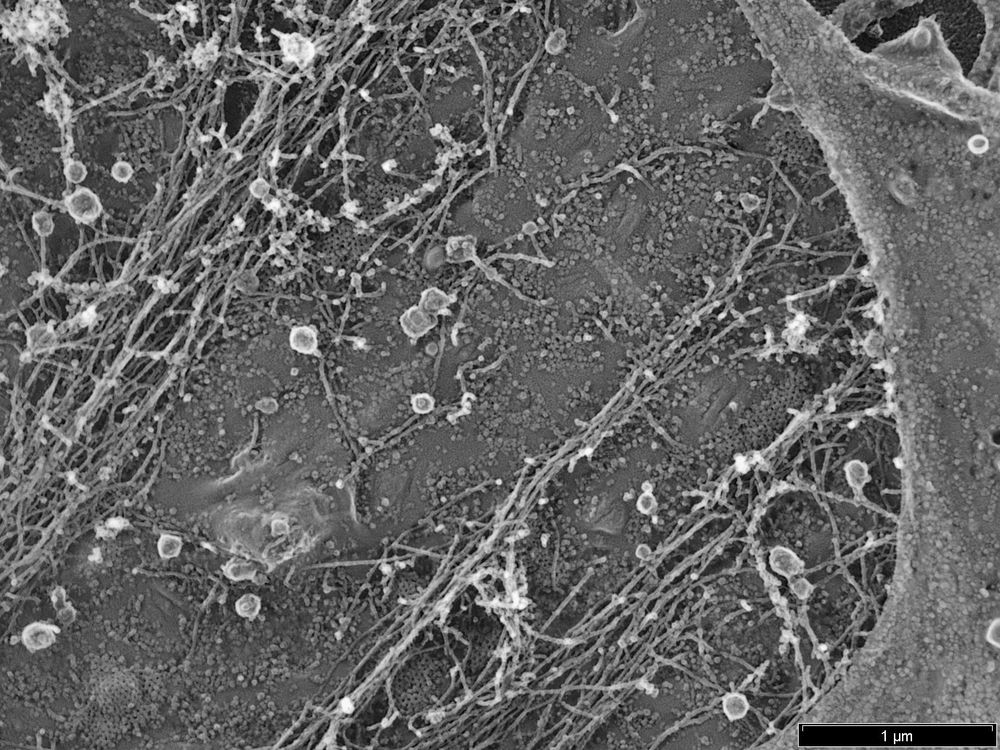
Pushing the boundaries of plant cell biology—one EM image at a time. ⚡👀
#PlantScience #ElectronMicroscopy #Autophagy #Vacuole #NaturePlants
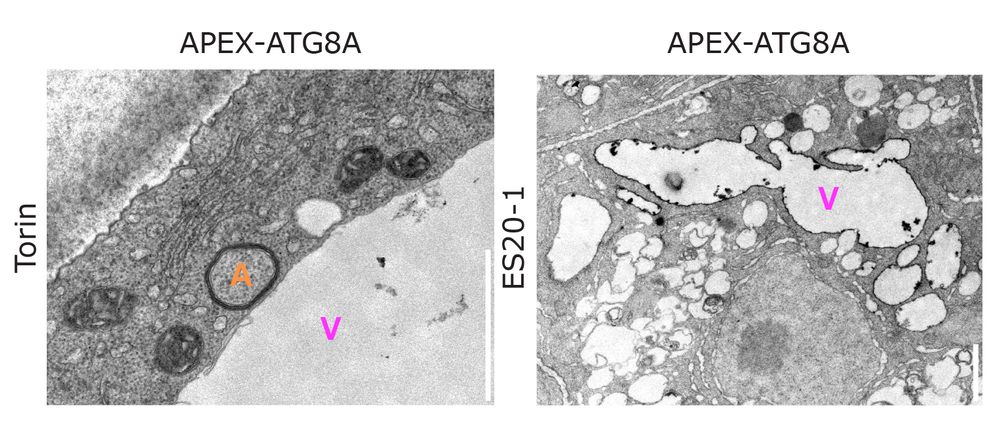
Pushing the boundaries of plant cell biology—one EM image at a time. ⚡👀
#PlantScience #ElectronMicroscopy #Autophagy #Vacuole #NaturePlants

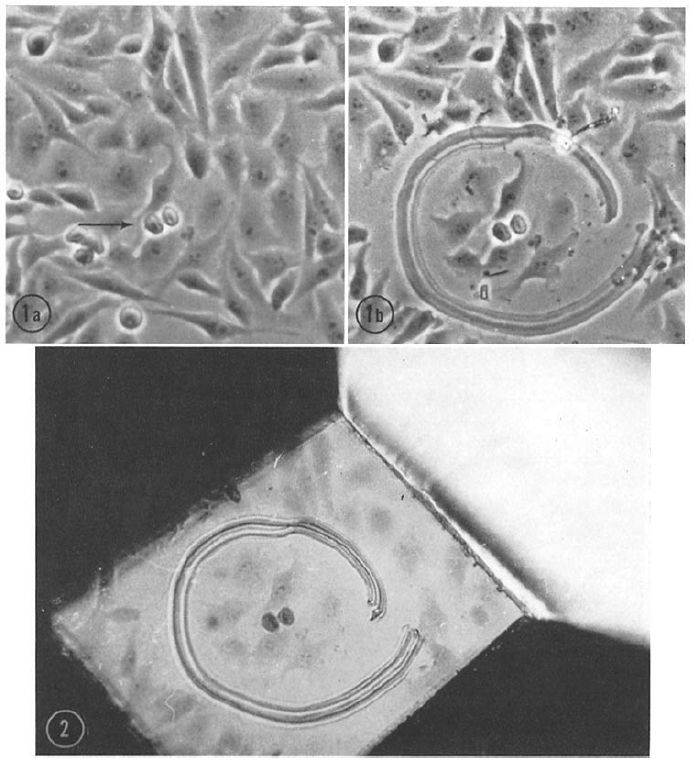



Happy holidays everyone

Happy holidays everyone

3/n
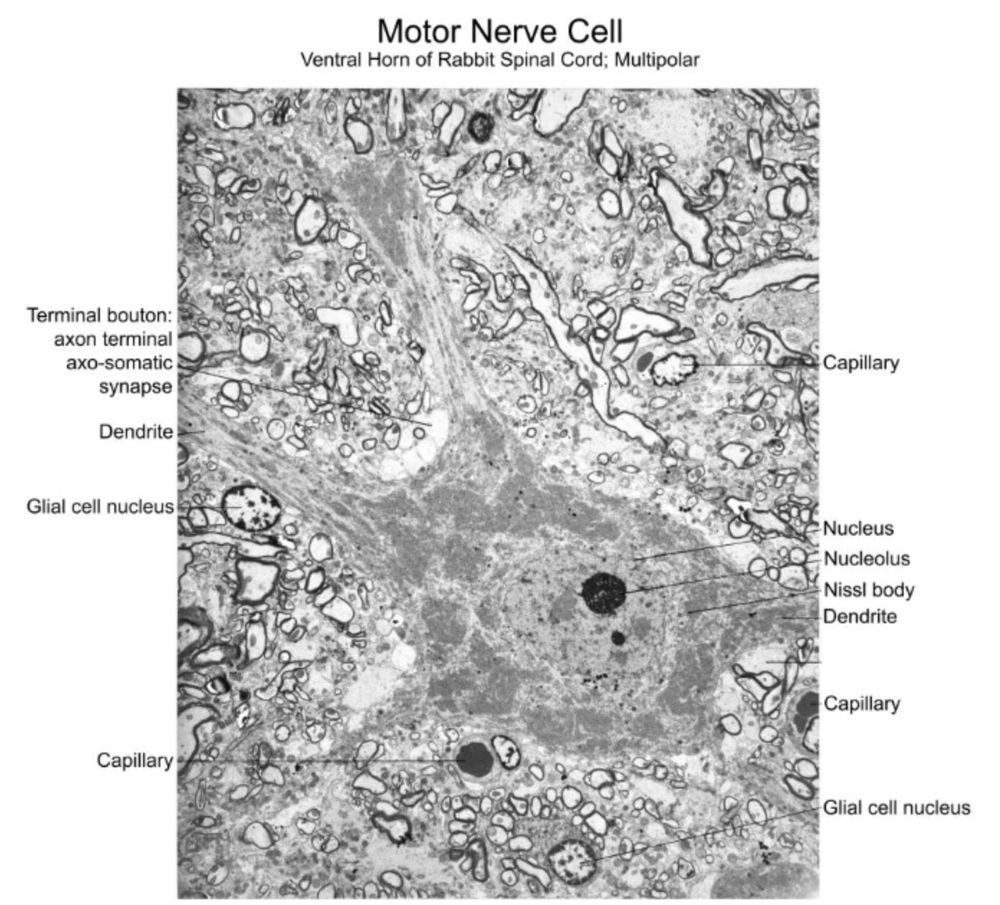

3/n
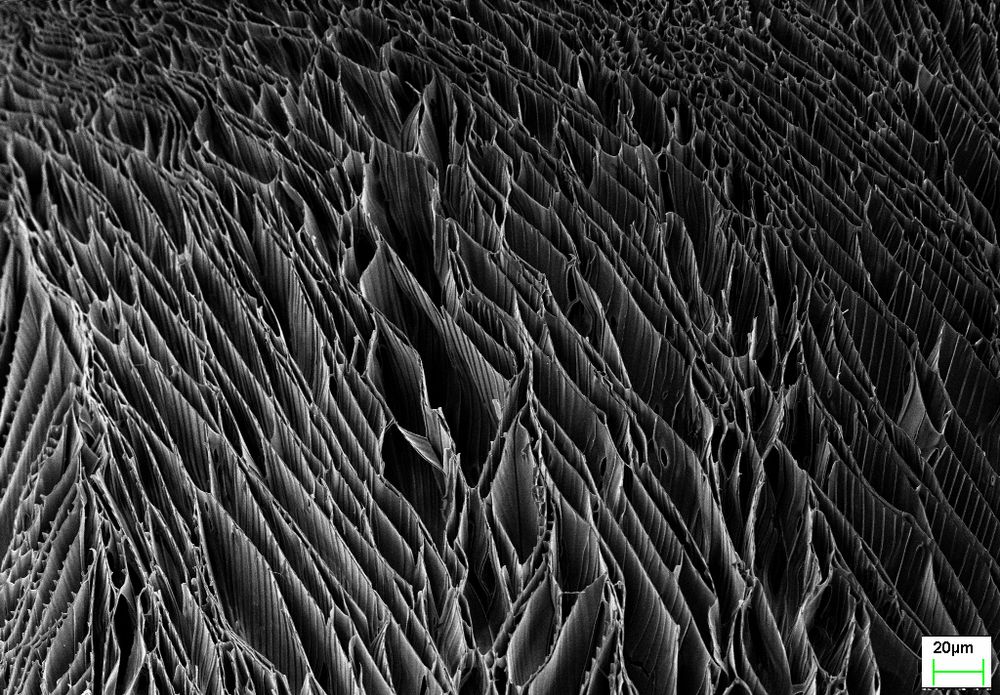

https://buff.ly/4h6P8eF
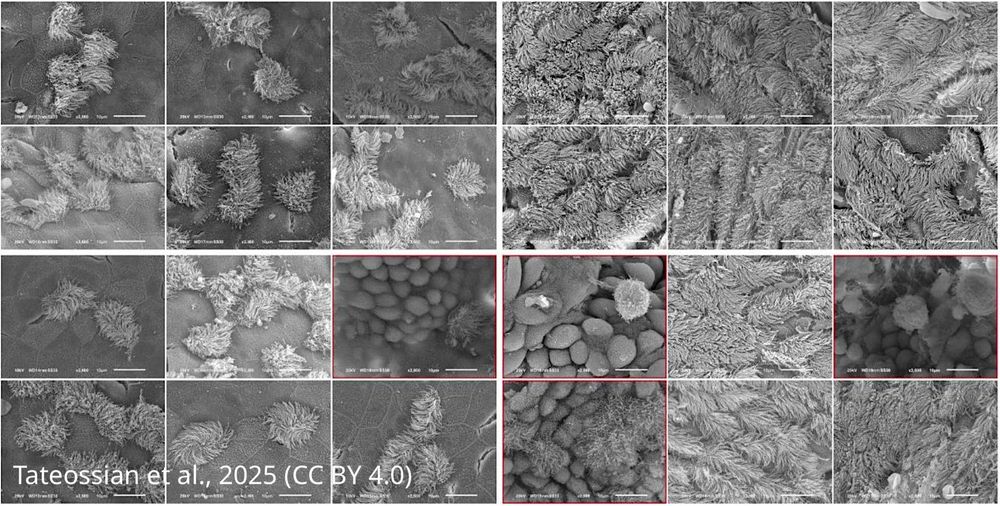
https://buff.ly/4h6P8eF
doi.org/10.1016/0962...

doi.org/10.1016/0962...
www.biorxiv.org/content/10.1...
#MultiBac2025

www.biorxiv.org/content/10.1...
#MultiBac2025
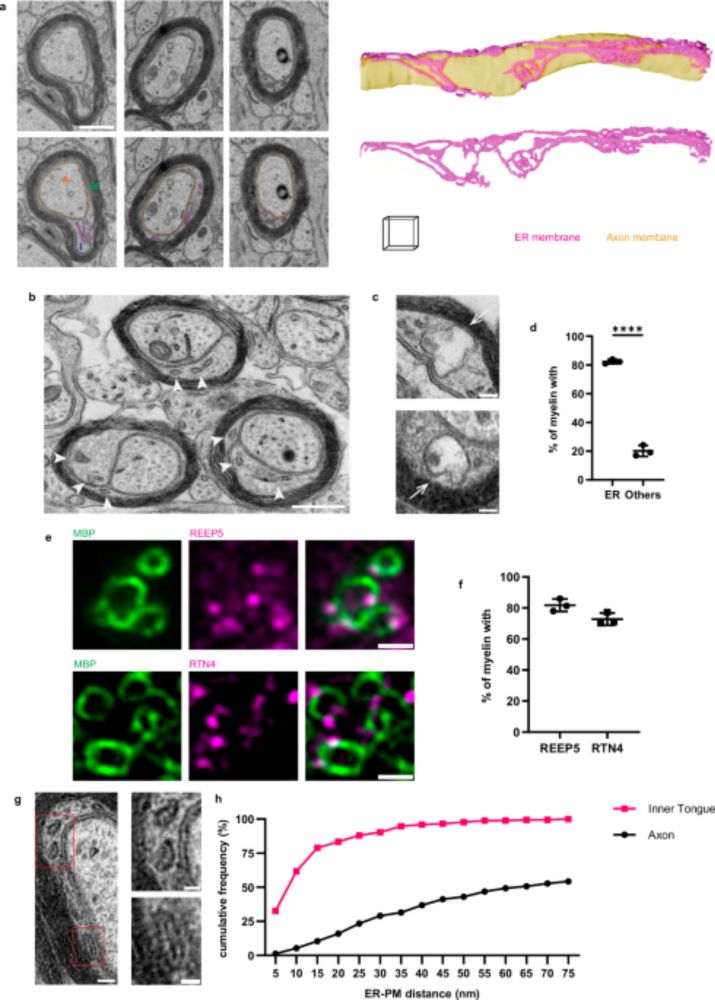
On their way to our #NorDigBryo workshop in Sletvik in October, the people from Bergen did some sampling in some harbors/marinas to look for invasive species and lo and behold:

On their way to our #NorDigBryo workshop in Sletvik in October, the people from Bergen did some sampling in some harbors/marinas to look for invasive species and lo and behold:
Can anyone guess what this structure might be?
#collagen #skinscience
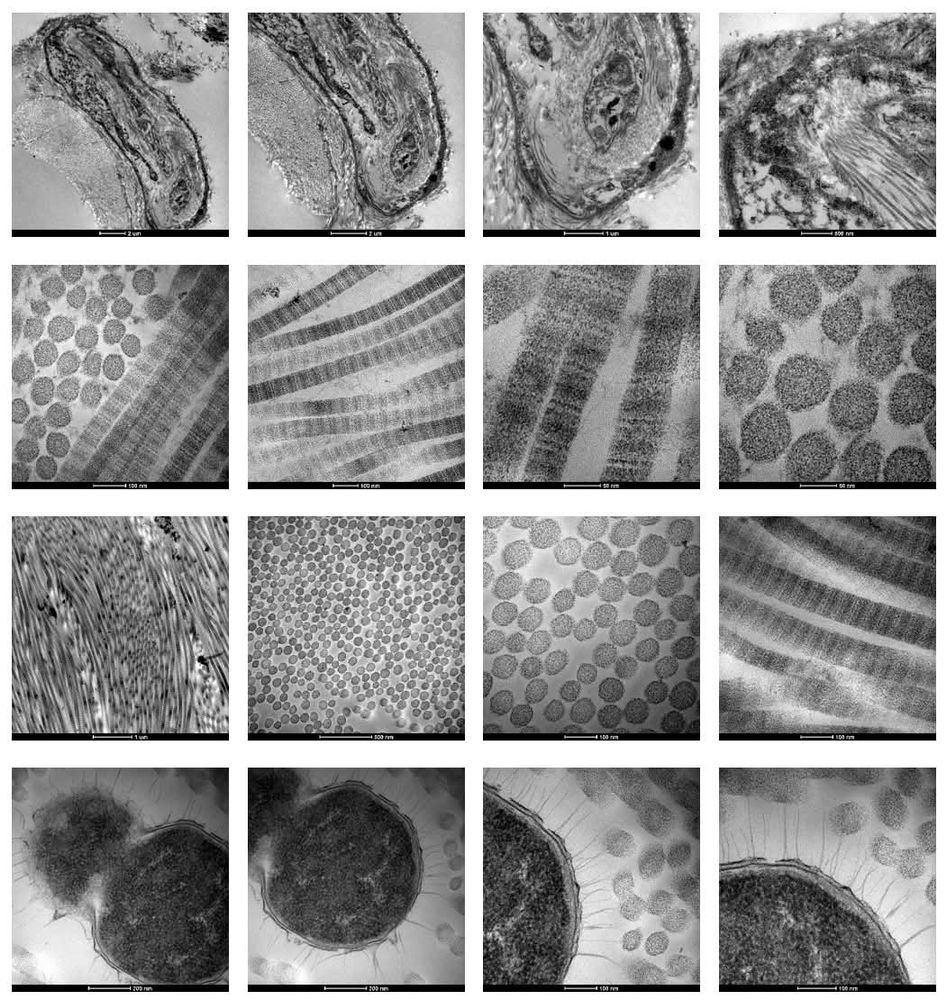
Can anyone guess what this structure might be?
#collagen #skinscience
#Protists #Microbes #Biology #TreeOfLife #Microscopy
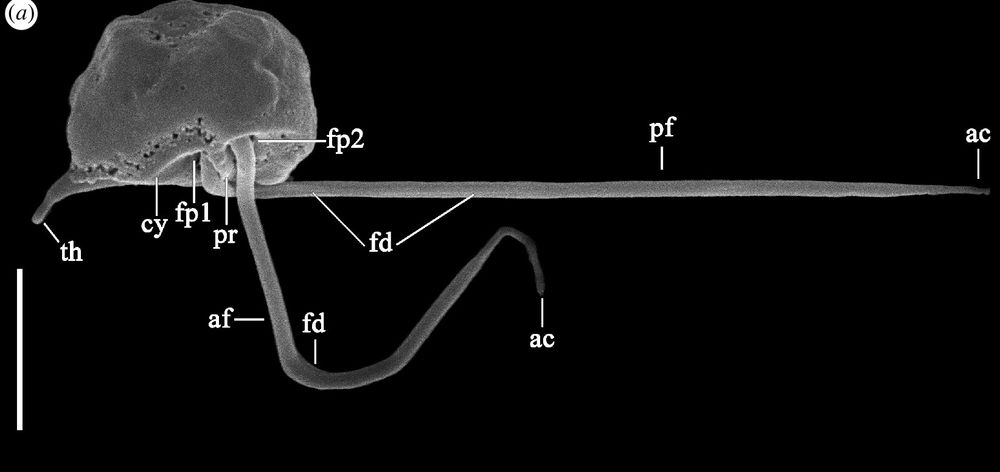
#Protists #Microbes #Biology #TreeOfLife #Microscopy
ps: Any Diatom people around? We're finding a lot of funky stuff..
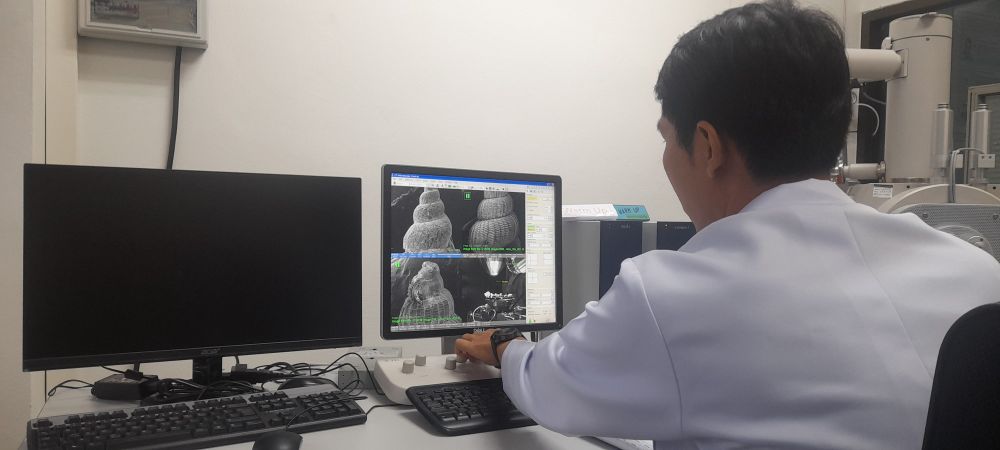

ps: Any Diatom people around? We're finding a lot of funky stuff..
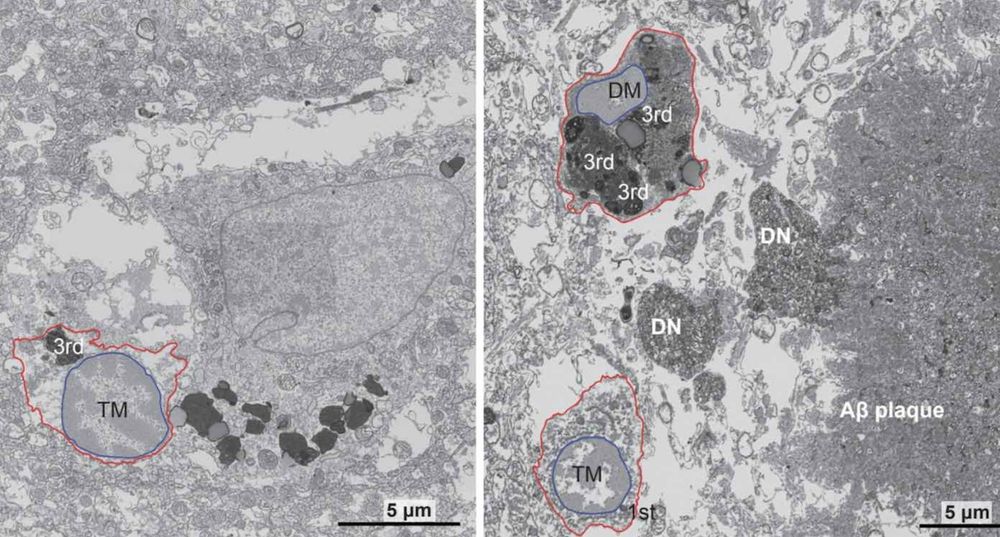
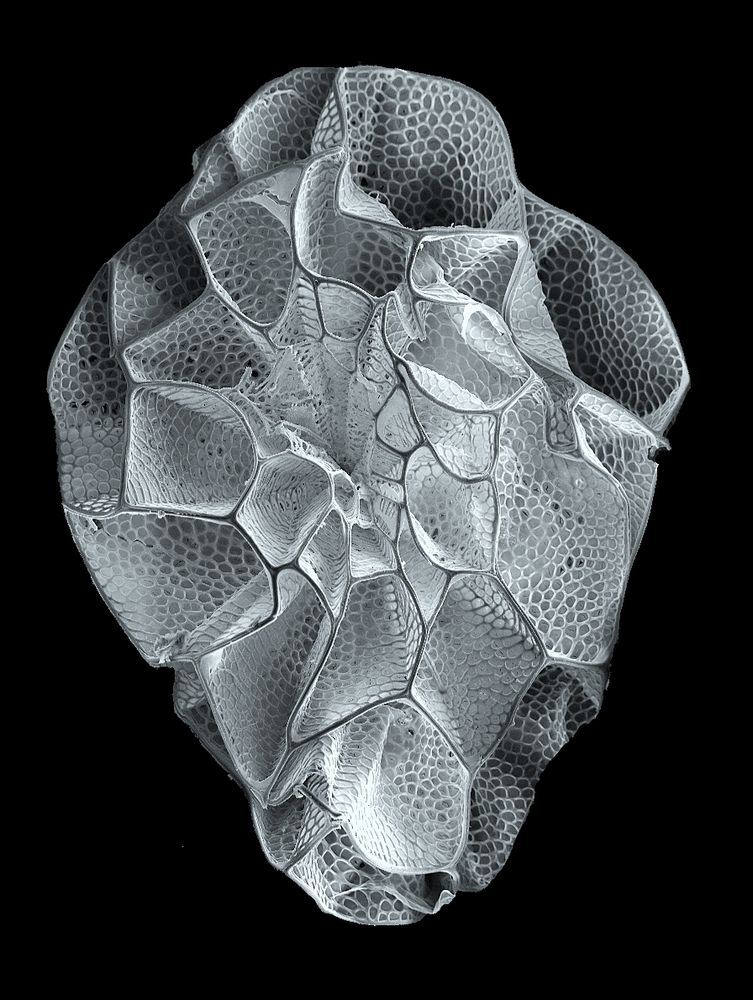
A short #opinion article that we think hits a very important point!
Albert #Einstein: “an academic career, in which a person is forced to produce #scientific writings in great amounts, creates a #danger of intellectual superficiality”
www.pnas.org/doi/10.1073/...
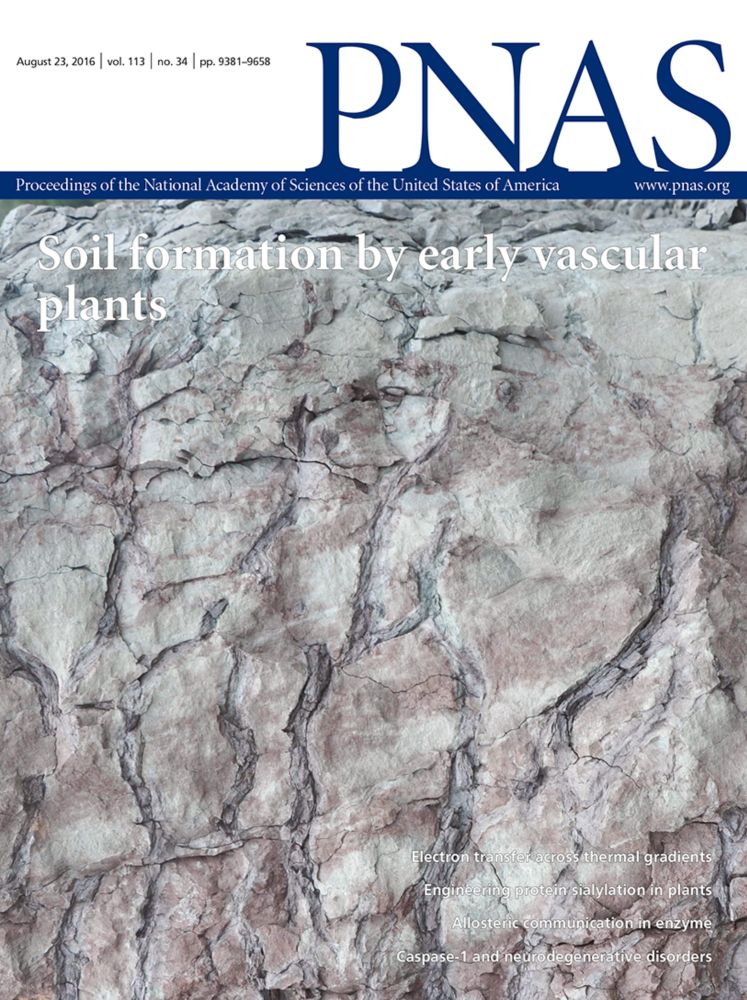
A short #opinion article that we think hits a very important point!
Albert #Einstein: “an academic career, in which a person is forced to produce #scientific writings in great amounts, creates a #danger of intellectual superficiality”
www.pnas.org/doi/10.1073/...
